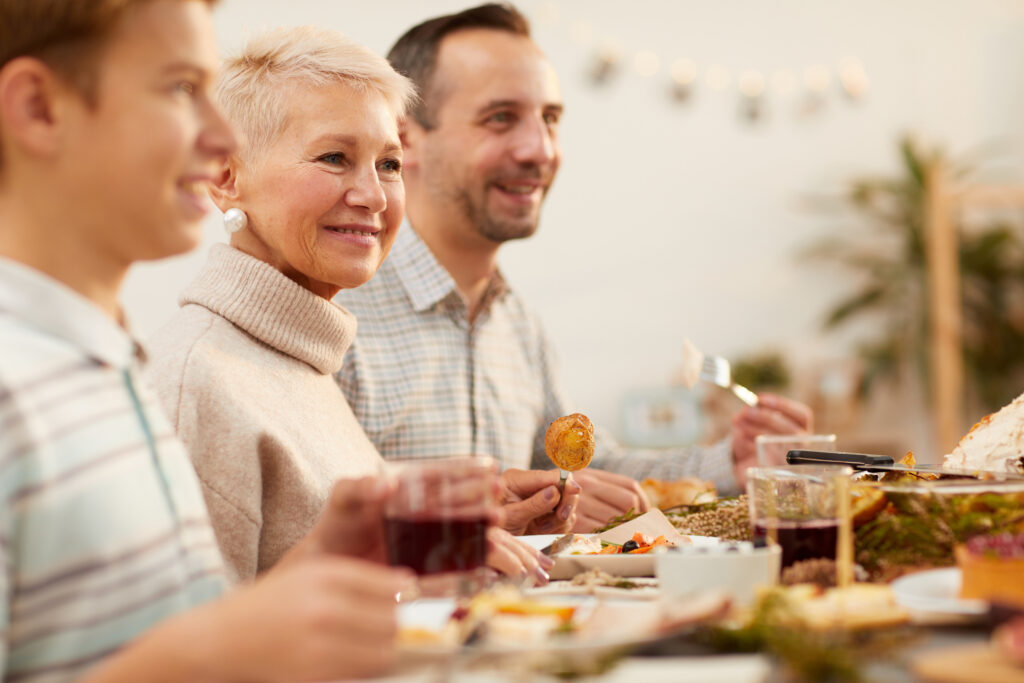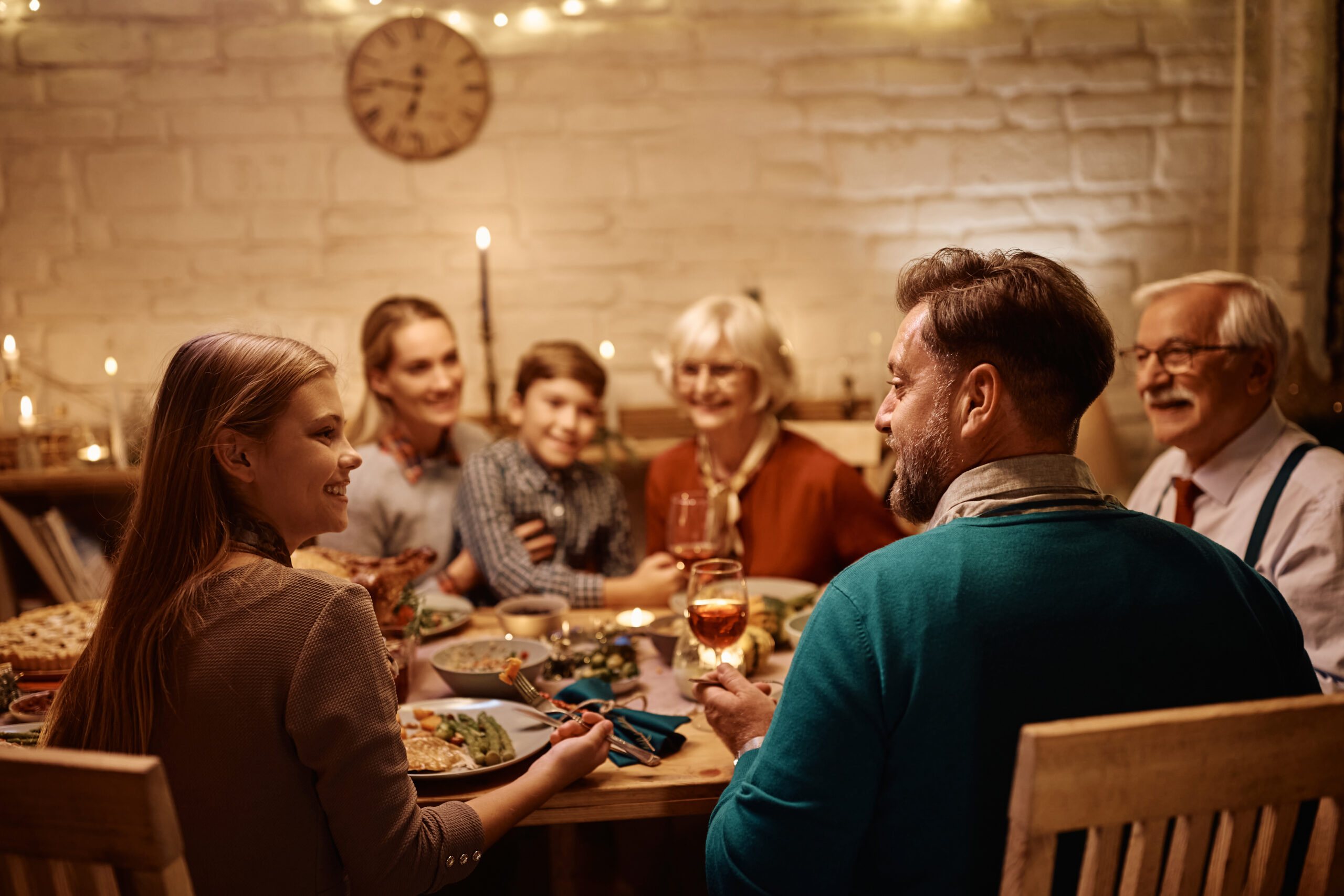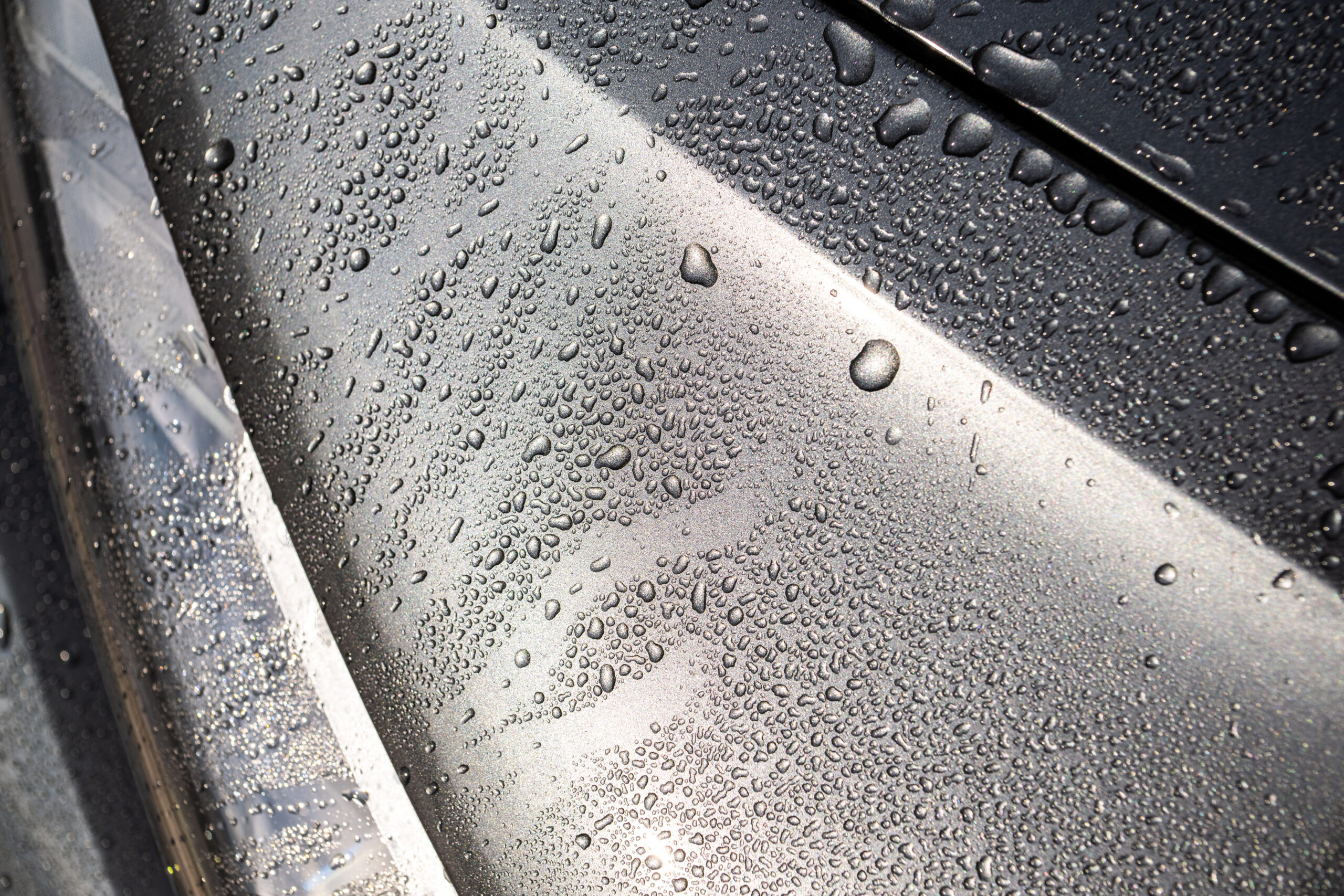Ever wonder how many courses a typical French meal might have? When I was younger, I learned that the French ate bouillabaisse (fish soup) for their main dish, with huge amounts of garlic butter to enjoy. They had cheese unrelated to dessert afterward and finished off with fruit. It turns out that is quite rare in French households today.
French culture

When it comes to food, the French take their time. Unlike many Americans who see meal time as a chance to quickly refuel and get back to their day, the French use mealtimes as an opportunity to relax, enjoy good company, and savor their food. This can be seen in the way that most French families structure their meals.
A typical French family meal will often have multiple courses, each designed to be enjoyed slowly and deliberately. This might include an hors d’oeuvre or starter, followed by a main course, then a cheese course, and finally dessert. In between each of these courses, there is usually ample time for conversation and enjoying each other’s company.
This focus on quality over quantity is one of the things that makes French cuisine so special. By taking the time to enjoy each dish properly, you allow yourself to appreciate all the subtle flavors and complexities that make up a great meal. So next time you sit down to eat, try slowing down and savoring your food like the French do!
Typical dinner courses
When you think of a French family dinner, you might immediately think of a long, drawn-out affair with multiple courses. And while that can certainly be the case, it’s not always what you’ll find on the table.
There are, however, some pretty standard courses that tend to make an appearance. Here’s a look at what you might find:
Soup: A light starter soup is often served as the first course. Think something like a creamy pumpkin bisque or delicate vegetable broth.
Salad: A simple green salad is usually served next. This is typically just dressed with a bit of vinaigrette and maybe some crumbled cheese on top.
Main Course: The main event! This is where you’ll find heartier dishes like coq au vin or boeuf Bourguignon. Vegetarian options are usually available as well.
Cheese Plate: This course is exactly what it sounds like – a selection of cheeses for everyone to enjoy. This course might also include fruit, nuts, and bread or crackers.
Dessert: And finally, dessert! A classic French dessert might be something like crème brûlée or chocolate mousse, but there are endless possibilities. This is often the time when coffee and tea are served as well.
Average number of courses served at a meal

In France, the average number of courses served at a meal is four. The first course is typically a soup or salad, followed by the main course and then cheese and dessert. Some families may also include an apéritif before the meal and coffee or tea afterwards.
Food preparation time
A typical French family meal might have several courses, each with its own unique flavor and purpose. The first course is typically a light salad or soup to stimulate the appetite. The second course is the main dish, which is usually a meat or fish served with vegetables. The third course is a cheese plate, and the fourth course is dessert. Between each course, there is usually a brief pause to allow diners to digest and enjoy the food.
Good and bad aspects of multiple course meals
There are both good and bad aspects to having multiple courses during a meal. A benefit is that it allows people to try a variety of different dishes. It can also be a good way to pace yourself so that you’re not overeating. Another plus is that it can make mealtime more special and enjoyable.
However, there are also some drawbacks. Having lots of courses can extend the length of a meal, which may not be ideal if you’re short on time or hungry. It can also be more expensive than just having one or two dishes. Additionally, it can be overwhelming trying to keep track of all the different dishes being served.







